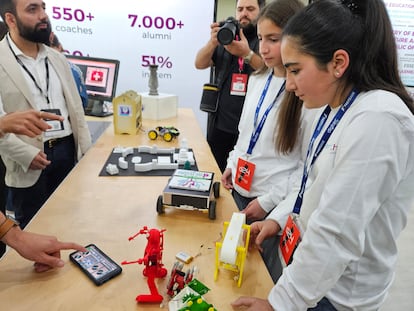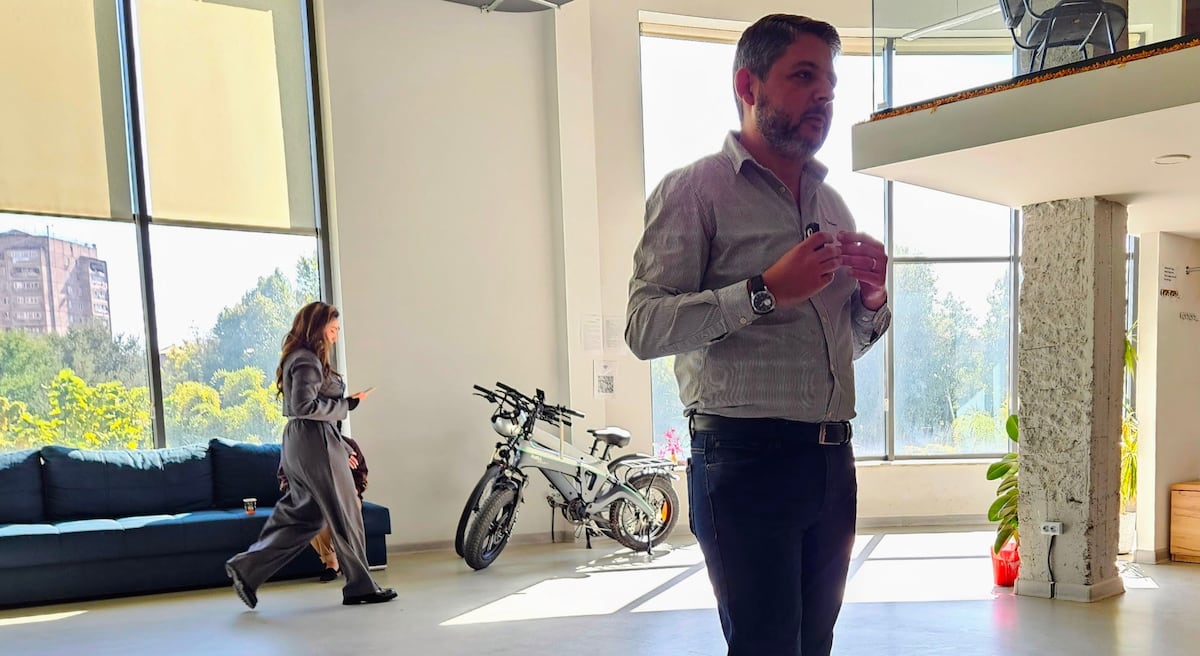One of the unexpected effects of Covid was an increase in new business ventures, as a result of entrepreneurs concluding that their lives needed a change, according to University of Maryland economist John Haltiwanger in a recently published study. . The report notes how “Applications for new businesses grew dramatically during the COVID-19 pandemic, growing most in industries rooted in pandemic-era work, lifestyle and business changes.” Many of the initiatives of the moment failed. Arthur Manukyan, director of business development at Prelaunch.com, estimates that “up to 70%” bite the dust. That being said, he believes this figure can be changed.
No one was immune from fiascos, from startups to corporate giants like Amazon, which had to stop selling its first smartphone (the Fire Phone) just 15 months after its launch. To reduce this high failure rate, Manukyan’s US-based international company is part of a group called Formula Crowdfunding, which brings together specialists in fundraising, idea development, e-commerce creation and advertising and relations. with the public. Their model is aimed at young entrepreneurs. “We invest in risk and teams. There are no fees, only commissions. If the idea progresses, so do we,” Manukyan sums up.
One of the keys to TCF is customer involvement at every stage of the project. Potential users who show interest in a product will be integrated into a group that participates in its design, price point determination, and possible improvements and modifications. “There is no similar methodology. It is based on real data. In other models, the customer participates in exchange for money and their perspective is one-sided. Our system is to find out who wants what product, and they make it work,” explains Mariam Hambardzumyan, co-founder of Prelaunch.com.
TCF’s network of firms assumes all risks – without public funding – and guides the entrepreneur every step of the way. “A good idea has to find its way, that’s our job,” says Manukyan. The failure rate is reduced because the ability to face challenges, modify strategy, and reverse an initial flawed approach is the collective goal.
Benoit Macq, an engineer at Belgium’s KU Leuven who is not involved with TCF, agrees that planning should involve the end user throughout the process. “When you have a technology, you need people to love it and use it,” he says. Macq connected with TCF leaders in Yerevan, Armenia, where he attended the international meetings of the World Congress on Innovation and Technology and Digitec, where EL PAÍS was invited along with a dozen other international publications.
Harvard professor and researcher Cass Sunstein, an advisor to former US President Barack Obama, adds another aspect that should be kept in mind when developing projects. He calls it “sludge,” defining the concept as “a curse that prevents one from benefiting from technological advances, whether intentionally or not.” “It’s a barrier to access,” he explains during WCIT, before adding that it’s not just bureaucratic factors, it’s also about psychological, economic and resource-based elements.

Education is also important, as explained by Artavazd Minasyan, a physicist, mathematician, member of the Digitec organization and technology entrepreneur. Minasyan introduced Armath, a public-private initiative focused on introducing children ages 10 to 18 to science, technology, engineering and math through extracurricular activities. “50 percent of the program’s participants orient their careers toward these fields,” he says.
The conference has already spawned projects such as Cifora, a platform for emergency decision-making, and Titan, an app that connects 11,000 customers with the service providers they need. Fast Shift, specializing in all areas of digital development, is another proposition that came to life here. Also, Krisp, which uses artificial intelligence to change accents to one that is more accessible to the listener. And Sada, a provider of cloud business services.
Carlota Galván, head of environment, social and governance at HBX Group, did not attend the international conference in Yerevan, but says that failure is an idea that is influenced by various factors, such as the lack of a clear vision, coordination with the plans of general, strong direction, resources or adaptation to market needs. “Projects must be very agile and flexible, able to adapt to constant market and user changes. Otherwise, they quickly become obsolete,” she says.
It emphasizes the importance of product testing, assessing risks and opportunities, creating strategic alliances, involving all participants, and continuously monitoring the project. “You have to have a why and a why,” says Galvan.
HBX Group, a travel technology business, has applied these criteria to develop micro-tourism destinations in collaboration with rural communities in Mexico. “We start with a small pilot, working with seven cooperatives. This allows us to tailor our approach according to the results and particular aspects of each community. The success of that pilot has given us the confidence to expand the project to other countries in the near future,” says Galván.
Register for our weekly newsletter to get more English-language news coverage from EL PAÍS USA Edition
